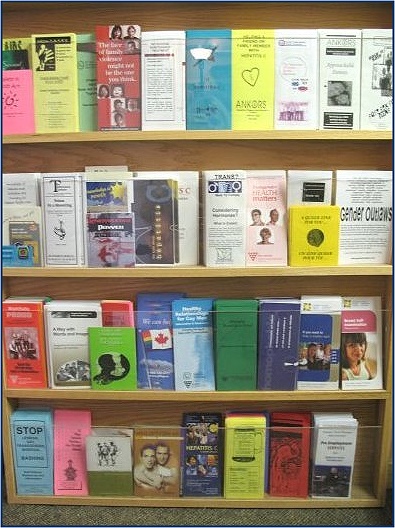May 26, 2010
by Tara Thom Burnett
The ANKORS needle exchange program has been operating in several communities within the Kootenay Boundary since 1998. During this time period, ANKORS has collected a surplus of anecdotal information pertaining to the challenges and barriers for clients accessing health care and social services. This information indicates that persons who use intravenous or inhalation drugs and are also living with HCV or HIV experience many difficulties when attempting to access health care services.
Most research evaluating barriers to health care has been conducted in larger centres. Reporting of data from smaller communities is nearly non-existent. Nevertheless, this literary review aims to examine the current research with the purpose of outlining the main issues and barriers to accessing health care for inhalation or injection drug users with HCV and/or HIV.
The literature suggests that the reluctance of physicians to treat HCV or HIV while their patients are actively using illicit drugs contributes greatly to the inaccessibility of health care services. For example, many intravenous drug users (IDUs) with HCV are “deemed ineligible for treatment” because of ongoing substance abuse (Grebely, Genoway, Raffa & Dhadwal, 2008a, p. 28). In a 2007 Vancouver study that examined barriers to the treatment of HCV among illicit drug users it was found that “factors associated with decreased uptake of treatment for HCV infection included current heroin use and HIV/HCV co-infection”. Specifically, “concerns about patient motivation and adherence, medical and psychiatric co-morbidity, re-infection due to recurrent risk behaviours and the lack of infrastructure to ensure long-term access to care have all been raised as obstacles to the implementation of systematic HCV treatment programs in patients with a history of recreational drug use” (Grebely et al., 2008a, p. 26).
Continue reading “Barriers to Healthcare for Inhalation and Injection Drug Users”

